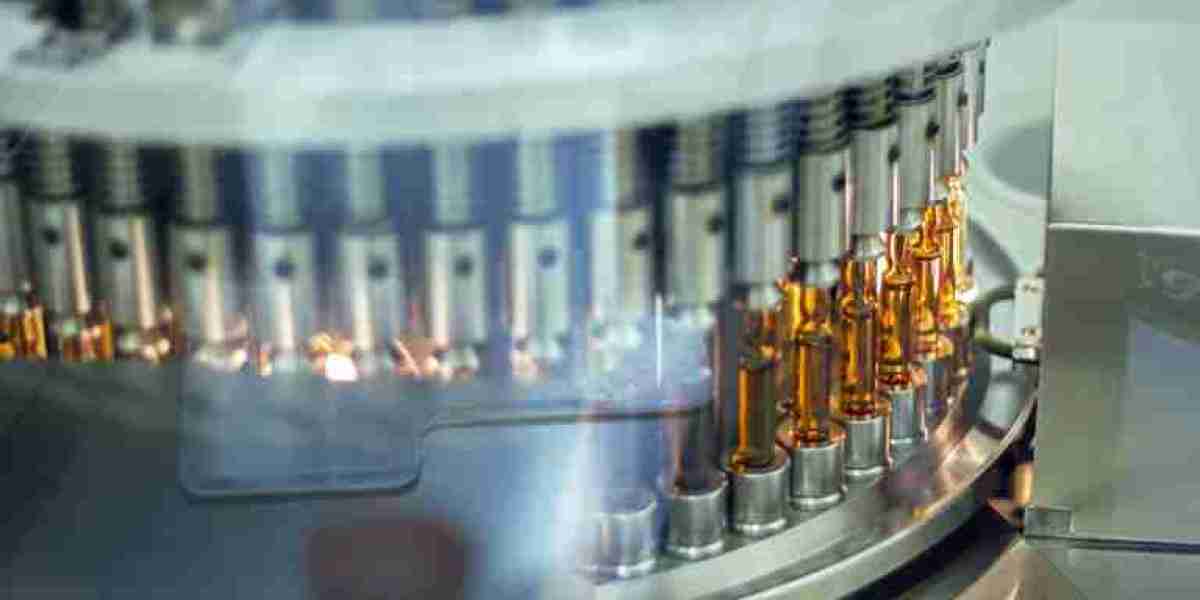The Evolution of Smart Fisheries and Aquaculture
Global demand for fish continues to surge — with aquaculture now supplying over 50% of the fish consumed worldwide. As this industry grows, so does the need for precision monitoring, traceability, and sustainable practices.
To meet these demands, technology has become the backbone of modern fishery and aquaculture operations. And at the heart of it all is one simple yet powerful innovation: the RFID tag reader.
What Is an RFID Tag Reader?
It is a device that detects radio-frequency identification (RFID) tags. In fisheries and aquaculture, these tags are often embedded in or attached to individual fish to track their movement, health, growth, or lineage.
Unlike barcode scanners that require direct line-of-sight, the tag reader can detect a tag wirelessly — even underwater — as long as it’s within its detection range. This passive, contactless system offers real-time data collection without disturbing the fish.
Applications in Fisheries
1. Fish Tracking in the Wild
Fisheries research often involves tracking wild fish species like salmon, sturgeon, or trout across large ecosystems. Implanting RFID tags and deploying fixed RFID tag reader stations along rivers, fish ladders, and weirs allows scientists to:
Monitor migration routes and spawning locations
Estimate population size and survival rates
Assess environmental barriers like dams or temperature changes
This method has been used widely in North America, where agencies like NOAA and USGS have tracked millions of salmonids across the Columbia River Basin. The data collected through RFID tag reader systems helps shape conservation policy and infrastructure planning.
2. Species Conservation Programs
Endangered fish are often tagged as part of conservation programs to ensure they’re surviving and reproducing in the wild. RFID monitoring allows researchers to evaluate the success of hatchery releases, protected areas, and habitat restoration — without the need for repeated capture.
For example, in Europe, the tag reader systems are used to monitor the movements of the critically endangered European eel. The insights gained from this tracking help determine where conservation efforts are working and where adjustments are needed.
Applications in Aquaculture
1. Inventory Management in Hatcheries
In fish hatcheries, keeping track of thousands — or millions — of fingerlings and juvenile fish is a logistical challenge. RFID systems simplify this by assigning each fish a unique ID that can be read quickly and accurately.
A handheld RFID tag reader lets workers:
Scan tanks for inventory audits
Track fish growth and feed conversion rates
Record vaccinations, treatments, or health incidents
This real-time data makes it easier to optimize feeding schedules, manage fish density, and detect early signs of disease or stress.
2. Selective Breeding Programs
Modern aquaculture relies on selective breeding for faster growth, disease resistance, and improved meat quality. RFID tagging plays a crucial role by:
Linking each broodstock fish to its genetic and health history
Preventing inbreeding through accurate lineage records
Automating mating pair selection using digital records and scanning tools
With a tag reader, hatchery managers can instantly verify a fish’s identity and ancestry before assigning it to a breeding tank.
3. Harvest Traceability and Compliance
As consumers demand transparency and regulators tighten traceability laws, RFID is helping aquaculture operations provide end-to-end visibility from pond to plate.
When a fish is tagged early in life, its entire journey — growth, feed type, medications, and harvest date — can be linked to that tag. A portable tag reader(RFID) at the point of harvest ensures that every batch is logged and verified before shipping.
This is especially valuable for exports, where traceability is required for customs and food safety compliance.
Benefits of Using an RFID Tag Reader in Fisheries and Aquaculture
Let’s break down the biggest advantages of this technology:
| Benefit | Why It Matters |
|---|---|
| Non-invasive monitoring | Tagging doesn’t require fish recapture, reducing stress and mortality. |
| Scalable and efficient | Handle large volumes of fish quickly with minimal human error. |
| Accurate data logging | Automates recordkeeping for inventory, health, and breeding. |
| Improved sustainability | Enables better feed management, reduces waste, and supports ecosystem balance. |
| Enhanced compliance | Meets regulatory demands for traceability, especially in exports. |
Choosing the Right RFID Tag Reader
When selecting a tag reader, it’s important to consider:
Detection range: Varies from a few centimeters (for handhelds) to several meters (for fixed antennas).
Waterproofing and durability: Essential for aquatic environments and wet handling areas.
Battery life: Long-lasting batteries or solar-powered units for field deployments.
Data integration: Readers with Bluetooth or USB for syncing with data management software.
Tag compatibility: Works with standard PIT or FDX-B tags commonly used in fish tracking.
Some of the most trusted providers in this space include Biomark, Oregon RFID, and Lotek — all offering customizable solutions for both research and commercial use.
Case Study: RFID in Shrimp Farming
While RFID is more common with finfish, innovative shrimp farms are starting to use a tag reader systems too. In Thailand, a pilot project tagged broodstock shrimp to track lineage and avoid inbreeding. The result? Higher hatch success, better disease resistance, and traceable exports.
As RFID tags become smaller and more cost-effective, this trend is expected to grow across species.
What’s Next for RFID in Aquaculture?
The future of aquaculture is connected, data-driven, and automated. RFID is already being integrated with:
Water quality sensors that adjust feeding based on oxygen or pH levels
AI-powered dashboards that flag unusual fish behavior
Cloud-based platforms that centralize data from multiple farms
As industry 4.0 meets the blue economy, the tag reader(RFID) is becoming a bridge between biology and digital control.
Final Thoughts
Whether you're monitoring endangered wild salmon or managing a large commercial hatchery, the RFID tag reader is more than a tool — it’s a game-changer. It simplifies complex tracking tasks, boosts operational efficiency, and ensures that sustainability goals are met with real-time, verifiable data.
In a world where transparency, compliance, and precision matter more than ever, investing in the right RFID technology could set your operation apart.




